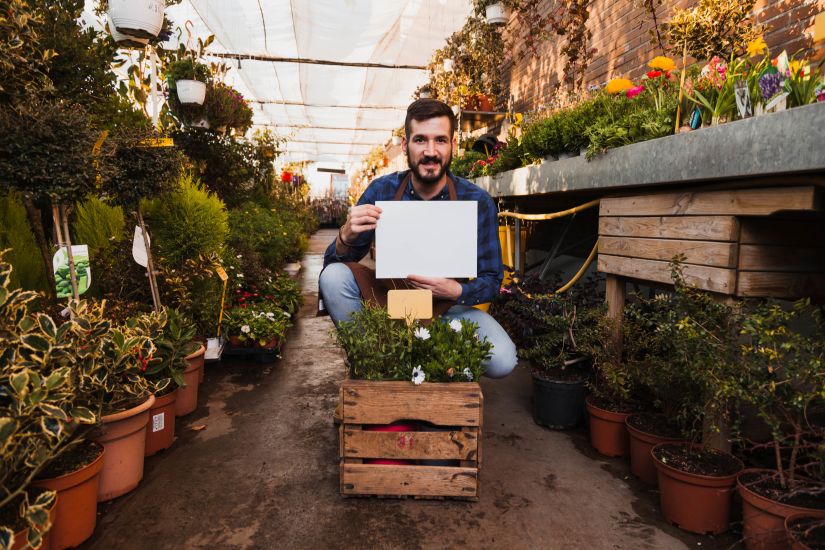How to Successfully Grow Your Own Vegetables in Containers
Aaahhh, those beautiful images of lush spring gardens drenched in soothing greens, gorgeous climbing vines, fragrant, vibrant flowers, and willowy trees … so dreamy.
For many of us, however, our outdoor sanctuary is limited in space. Don’t worry—there’s still plenty of room for green thumbs!
How would you like to create your very own little farmer’s market? Whether you have a tiny apartment balcony or a small porch, you’ll soon be the envy of your family, friends, and neighbours with your bountiful harvest.
Imagine the convenience of walking several steps outside and grabbing a few lettuce leaves, a couple of carrots, or sprigs of fresh herbs as needed. You’ll be amazed how much sweeter homegrown produce tastes than anything store-bought.
Moreover, with escalating grocery store prices showing no signs of slowing, we’re encouraged to consider alternatives—particularly, growing our very own vegetables, herbs, and fruit.
Springtime beckons lighter fare featuring fresh, colourful vegetables. Now’s the time to explore, play, and have fun with new culinary adventures!
Who’s ready to get dirty?
Best Gardening Containers
All you need are five-gallon buckets, preferably food-safe ones.
No containers? No problem. Get creative. Look around the house or check your garage or storage unit. Even an unused laundry basket will do.
Avoid metal and terra cotta pots which may unintentionally bake your vegetable plants during hot summer months.
A great alternative to buckets is a grow bag. Made of breathable fabric, grow bags offer fantastic drainage, good aeration, and they’re lightweight and easy to move.
Whatever type of container you choose, make sure it has drainage holes (you may have to drill a few in the container’s bottom). You’ll want to cover those holes with mesh, pebbles, or coffee filters to ensure that valuable, nutrient-dense soil doesn’t seep out.
Best Gardening Soil for Containers
When growing vegetables, soil is very important, delivering vital nutrients to the plants. Organic soils contribute to better-tasting vegetables while soilless potting mixes are better for retaining moisture.
Consider amending your potting soil. Fortifying it with worm castings or compost are great choices to enrich the soil.
Resist the urge to use garden soil in your containers because the soil may carry diseases that affect the quality of your produce.
Climate Conditions for Vegetable Container Gardens

The allure of container gardens transcends space-saving solutions, offering a tremendous amount of flexibility.
If a chill sets in, a heatwave takes over, or gentle breezes morph into blustery winds, you can move the containers to a more sheltered location or bring them inside.
How to Water Your Vegetable Container Garden
Vegetables tend to prefer more water, but be careful not to overwater. If you don’t have a moisture meter, stick your finger a couple of inches into the soil. If it feels wet, check again the next day; if the soil feels dry, add water. Check daily to keep your plants at their healthiest.
Vegetables that Easily Grow in Containers
Now for the fun part—choosing which vegetables you’d like to plant!
Here’s a list of vegetables that thrive in five-gallon containers during the warmer weather months. Some of them will benefit from being staked to support branches under the weight of the vegetables:
⦁ Broccoli
⦁ Peppers (all types from sweet to spicy)
⦁ Tomatoes
⦁ Beans
⦁ Cucumbers
⦁ Onions
⦁ Green Onion
⦁ Eggplant
⦁ Zucchini
⦁ Squash
Ready to embark on your edible garden journey? Once you discover the unmatched taste, wide variety, and convenience of homegrown vegetables, you’ll say goodbye to grocery store produce! Get ready for bursts of fresh, new flavours, all at your fingertips!
Bon Appétit!


